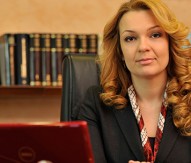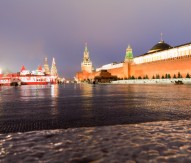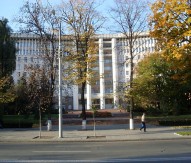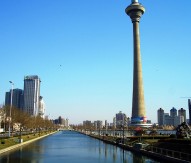

Edward Mitchell
ESRF: Syncing international collaboration
International collaboration in science is now vital for researchers and helping to maintain Europe’s scientific lead and prominence. By working together, Europe has the ability to compete on the international stage with the United States along with the rapid rise of China and India, as well as Brazil and Russia.
The European Synchrotron Radiation Facility (ESRF) is a joint research institute facility supported by 19 member states. Horizon 2020projects.com spoke to head of business development Edward Mitchell about the importance of international collaboration to the work of the ESRF and how, by working together, increasingly innovative scientific experiments can be undertaken.
The level of international collaboration at the ESRF is enormous. We have about 600 staff and although 40% are French (mainly due to our location) we have a large range of researchers from across Europe, and worldwide from amongst others the United States, Russia and South Africa.
Sharing risk
Horizon 2020 has a strong theme on developing instrumentation for research infrastructures. The ESRF is a nerve centre for new instrumentation and techniques where our 19 member states can group together and share risk that could otherwise not be achieved on a national level. Part of our mission is to subsequently disseminate that knowledge to the national facilities so they can benefit from European-level research.
Risk is also shared when developing new facilities and instrumentation, for example, Jean Susini, head of the ESRF’s instrumentation services and development division, has led the creation of an X-ray detector consortium. High-performance X-ray detectors are notoriously expensive to develop and, through collaboration, this can help enable high quality future research in Europe.
The ESRF is also leading a European project called CRISP, a partnership between ESFRI Roadmap infrastructures. This grouping draws together common developments in areas like accelerators, detectors and ICT where collaboration is key.
International competition
The ESRF faces significant competition both inside and outside Europe. The United States invests heavily in synchrotrons and other similar research facilities. Yet the BRICs are also on the rise – both Brazil and India are preparing to build new synchrotrons and China is already in the process of building another synchrotron in Beijing in addition to the one launched in Shanghai. In the longer term, South Africa is looking at something similar too.
However, this is an opportunity. By priming European companies with developing state-of-the-art instrumentation within Europe and assuring effective knowledge-transfer, those companies have a head start in supplying the world market. I have to admit CERN are very good on the procurement-technology transfer side already and I think the ERSF is learning too. We have about 30 licences for instrumentation with industry at the moment but there is the potential to develop much more. The research market for co-innovation and working alongside industries, such as pre-competitive procurement, is very important and something we need to understand and develop further.
Staying competitive
We need to stay ahead of the pack. ESRF is a unique European infrastructure with a high-energy light source and can carry out research that national sources could not otherwise achieve. We need to take on risks (we can more easily do that as an international facility) to develop new technologies and techniques to retain interest from our users and client base, to grow new user communities and to help keep Europe competitive. At the moment, Europe probably has the best portfolio of research infrastructures in the world and we need to retain this lead because it is one of Europe’s treasures – it is a world resource that both Europe and the rest of the world can benefit from.
ESRF is looking to build a new ring in the near future, providing unprecedented X-ray beam quality for new science, but it all depends if we are able to secure the funding from our member states. US and Japanese light sources have similar ideas, but we can remain ahead of the rest of the world. With a new storage ring come requirements for very high performance instrumentation, very fast detectors, new high-performance magnets and high precision mechanical devices. There is already a lot of money in instrumentation and billions of euros of funding made available each year for research infrastructures in Europe alone, yet this needs to be maintained to keep the European infrastructures competitive and leading the way.
The investment that has been made is important and it’s vital to keep that financial investment viable and sustainable for the foreseeable future. It enables a huge amount of scientific research – about 6,000-7,000 scientists use the ESRF alone each year, in addition to all the other research infrastructures in Europe. That’s an important science base – an important technology enabler for Europe.
Edward Mitchell





